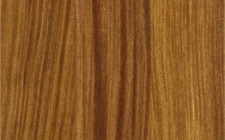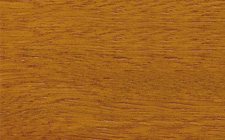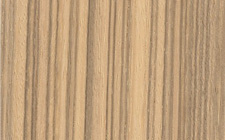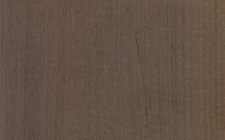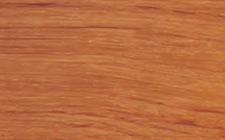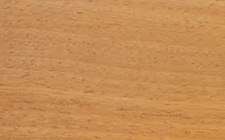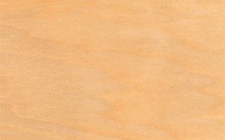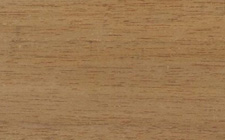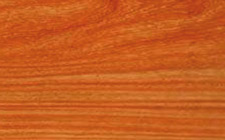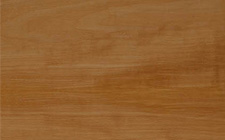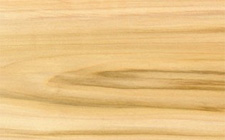Aniegre
Botanical name
Aningeria robusta
Origin
Africa
Other names
Mukali, Kali, Nom Abam, Mukali, N'kali, Aningueri Blanca, Kararo, Asanfena, Mukangu, Muna, Landojan, Osan, M'boul, Tutu, Aningre, Tanganyka Nuss, Tanganyka Noce, Aningeria

Notes
Sometimes confused with LONGHI (Gambeya spp.).
WOOD DESCRIPTION
| Color: |
creamy white |
| Sapwood: |
not clearly demarcated |
| Texture: |
fine |
| Grain: |
straight or interlocked |
| Interlocked grain: |
slight |
| Note: |
Logs are almost floatable. |
PHYSICAL, MECHANICAL AND ACOUSTIC PROPERTIES
|
(*: at 12% moisture content, with 1 MPa = 1 N/mm²) Musical quality factor: 91 measured at 2696 Hz |
||||||||||||||||||||||||||||||||||||||||
NATURAL DURABILITY AND TREATABILITY
| Funghi (according to E.N. standards): |
class 4-5 - poorly to not durable |
| Dry wood borers: |
susceptible - sapwood not or slightly demarcated (risk in all the wood) |
| Termites (according to E.N. standards): |
class S - susceptible |
| Treatability (according to E.N. standards): |
class 1 - easily permeable |
| Use class ensured by natural durability: |
class 1 - inside (no dampness) |
| Species covering the use class 5: |
No |
| Note: |
This species is listed in the European standard NF EN 350-2. |
SAWING, MACHINING AND ASSEMBLING
| Blunting effect: |
high |
| Sawteeth recommended: |
stellite-tipped |
| Cutting tools: |
tungsten carbide |
| Peeling: |
good |
| Slicing: |
nood |
| Note: | Risks of splinters in cross cutting, boring or mortising. Stains well. |
| Nailing / screwing: |
good |
| Gluing: |
correct |
| Gamma di produzione | Refilato |
| Tavole mt. 1,80 a 4,50 Spessore mm. 25 a 60 |
* |



